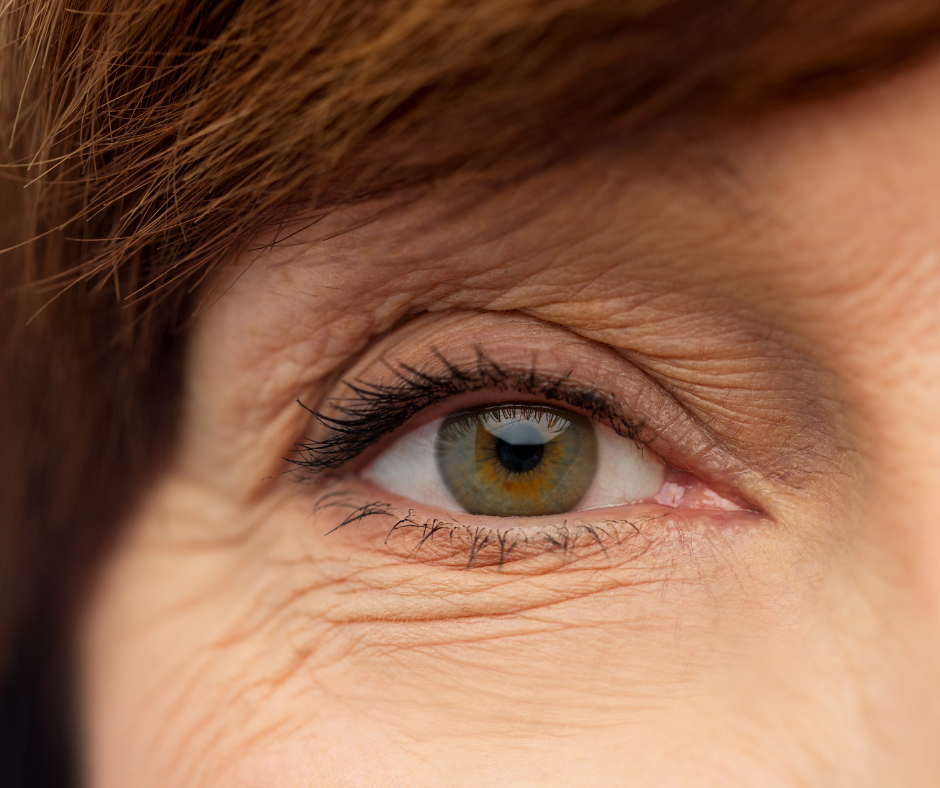
January is Glaucoma Awareness Month. Ever wondered what the symptoms could be if left untreated? Or what treatment options are available to you? Here’s everything you need to know about glaucoma.
Types of Glaucoma:
- Primary Open Angle Glaucoma (POAG) – POAG is the most common type of glaucoma in which the eye’s aqueous fluid cannot easily flow through the drainage system. As a result, eye pressure can increase, causing damage to the optic nerve and potentially leading to blind spots in the vision.
- Narrow Angle Glaucoma – Also known as angle-closure glaucoma, this type of glaucoma is caused when the drainage system of the eye suddenly closes off. Eye pressure can rapidly increase leading to permanent vision loss, so treatment is necessary as soon as possible. There are also preventative treatments that should be considered if you are at risk.
- Normal-Tension Glaucoma – This type of glaucoma is similar to open angle glaucoma except the eye does not have elevated Intraocular pressure. This type of glaucoma can be more difficult to treat and leads to optic nerve damage and visual field loss. The cause is currently unknown, although it is hypothesized that it may be due to poor blood flow to the optic nerve.
- Pigmentary Glaucoma – This is a rare form of glaucoma caused by pigment deposits that are released from the iris into the aqueous system that end of clogging the drainage system inside the eye. This reduces the rate of aqueous fluid outflow from the eye and leads to elevated intraocular pressure and subsequent vision loss.
- Secondary Glaucoma – Pressure in the eye is increased due to secondary causes such as an infection, tumor or sudden enlargement of the lens.
- Congenital Glaucoma – This is a rare condition that children can be born with and usually leads to poor vision and cataract formation.
Causes of Glaucoma:
- Genetics – Glaucoma often runs in families and various genes have been linked to the different types of primary glaucoma.
- Eye injury/disease – Eye injuries have been linked to a higher risk of glaucoma. Retinal detachment, infections and eye tumors are other examples of ocular pathology that can increase your risk of glaucoma.
- Steroids – Long-term eye drop steroids can elevate the Intraocular pressure, making you more susceptible to developing glaucoma.
Glaucoma Symptoms: The most common type of glaucoma (primary open angle glaucoma) is asymptomatic so the only way to detect this is to be screened with a regular and thorough eye exam. Other types of glaucoma such as narrow angle glaucoma can present with the following symptoms.
- Severe eye and head pain
- Hazy or blurred vision
- Nausea along with severe eye pain
- Appearance of rainbow-colored circles or halos around bright lights
- Sudden loss of vision
Treatment for Glaucoma:
There is currently no cure for glaucoma, but there are a variety of treatment options to slow down the progression of this ocular disease. Talk to your eye doctor about what is best for you.
- Eye drops – Most glaucoma treatments begin with medicated eye drops used to decrease eye pressure by decreasing the amount of aqueous fluid produced by the eye or by improving how efficiently the aqueous fluid drains from your eye. Some types of eye drops commonly used to treat glaucoma include prostaglandins, beta-blockers, alpha-adrenergic agonists and miotic or cholinergic agents. Each type comes with its own set of associated risks, so be sure to communicate with your doctor about which is best for you.
- Oral medications – These are commonly used if eye drops fail to control your eye pressure and are typically used as short-term treatments.
- Laser therapy – If you have open-angle or pigmentary glaucoma, your eye doctor may use a laser to help open the drainage system in your eye which helps to lower the intraocular pressure.
- MIGS (Minimally Invasive Glaucoma Surgery) – This is often done at the time of cataract surgery and involves the implantation of micro drainage devices that help lower the intraocular pressure. This is a great option for someone who has glaucoma and is undergoing cataract surgery because they are typically very low risk-procedures that can help improve your eye pressure and limit the number of long-term eye drops you have to use.
- Surgery – Glaucoma surgery is reserved for patients who are unable to control their eye pressures with the above options. The various glaucoma surgery techniques typically work by creating a new drainage pathway for the eye (trabeculectomy) or by inserting a tube into the eye to divert the aqueous fluid outside of the anterior chamber. These surgeries are very successful at lowering the Intraocular pressure but have a higher risk of complication compared to the other more conservative treatments for glaucoma. That is why these surgeries are normally only performed as a last resort for patients who cannot get control of their glaucoma.
For more information or to schedule a consultation, please visit please contact Dr. Salisbury today at https://salisbury-vision.com/contact/.
